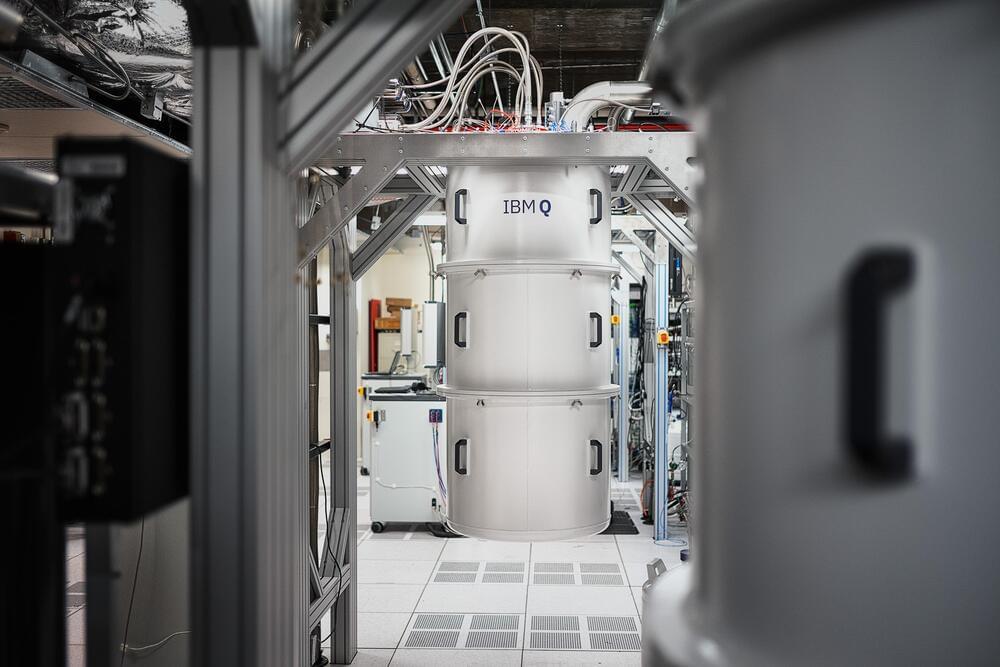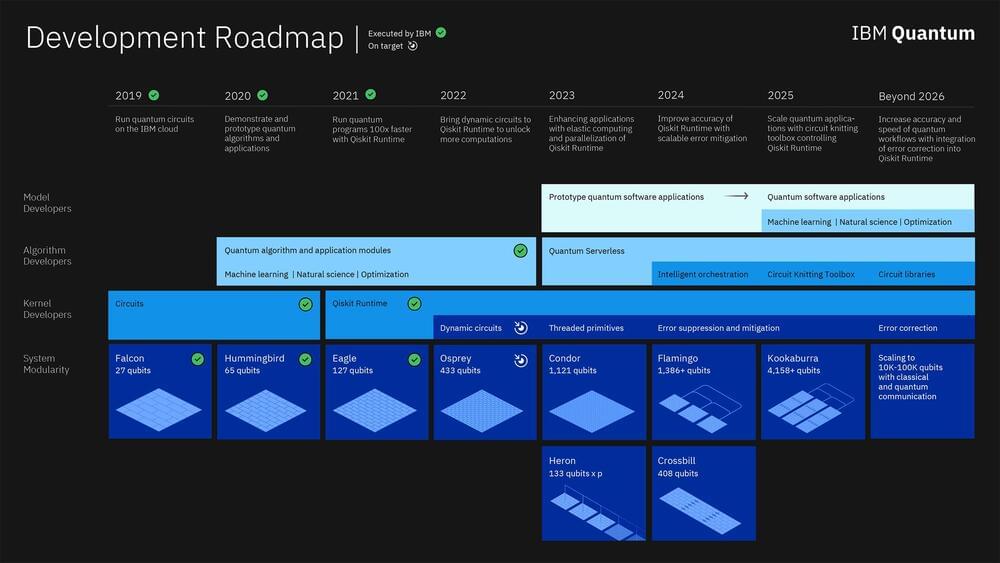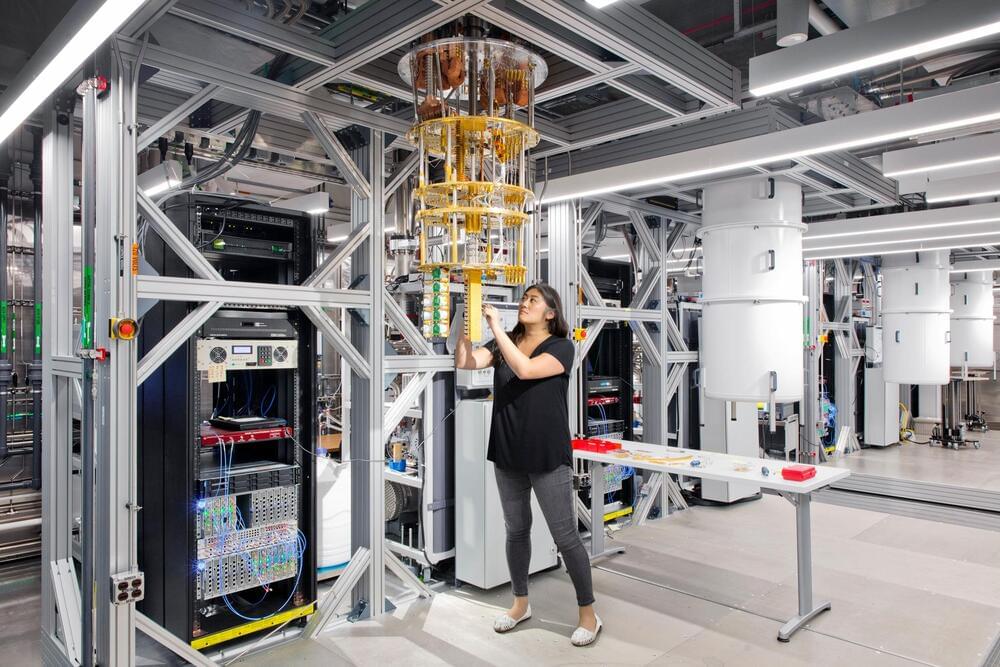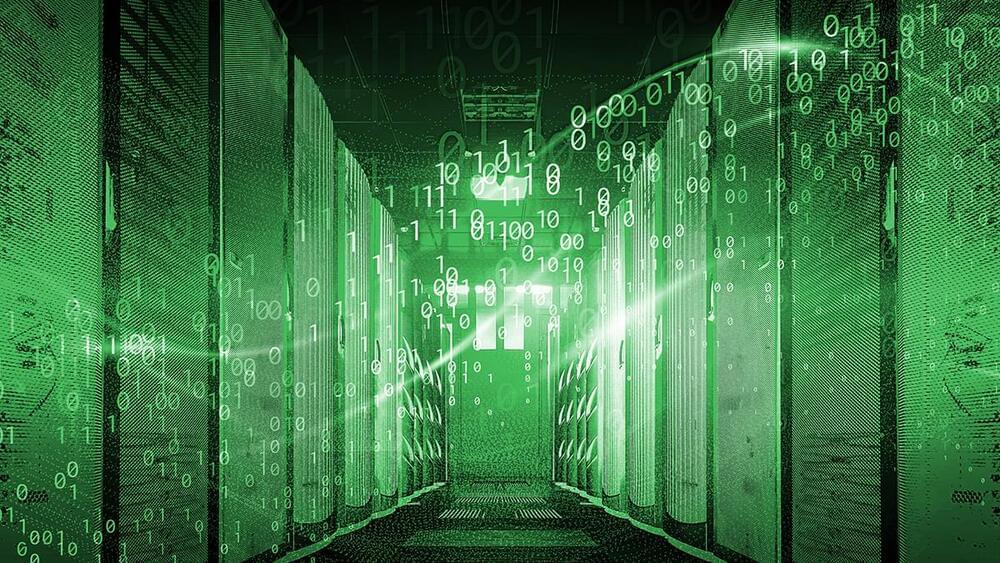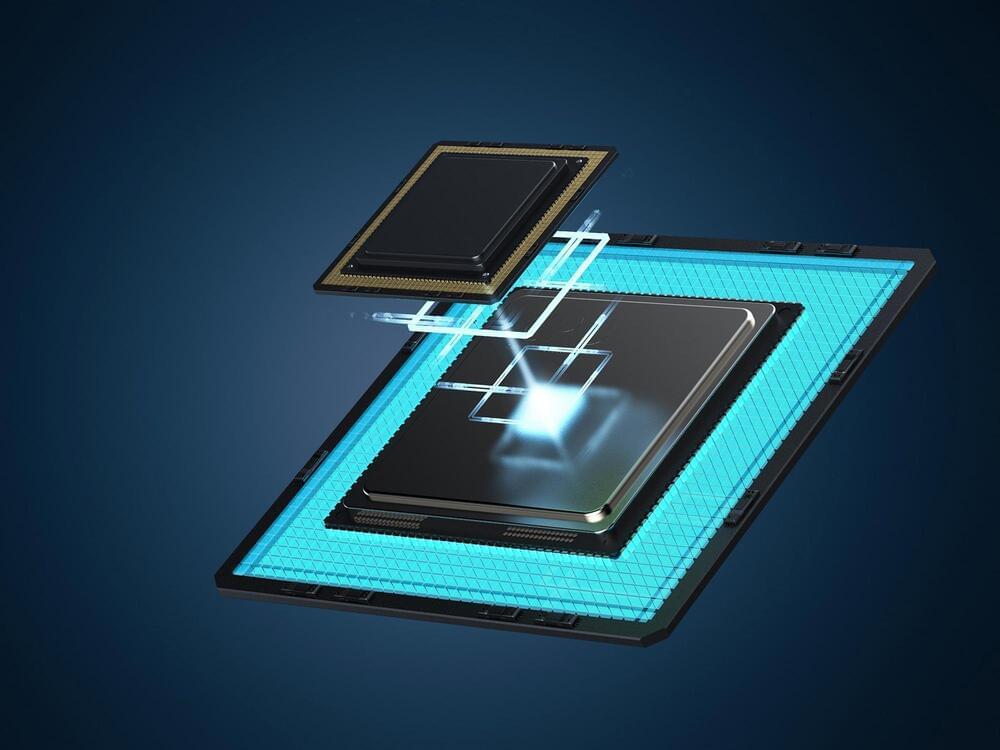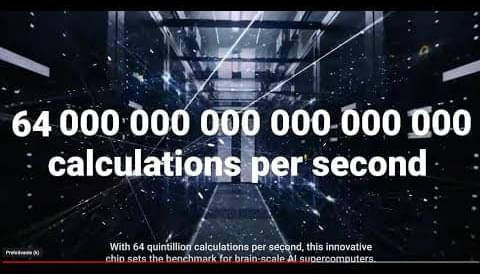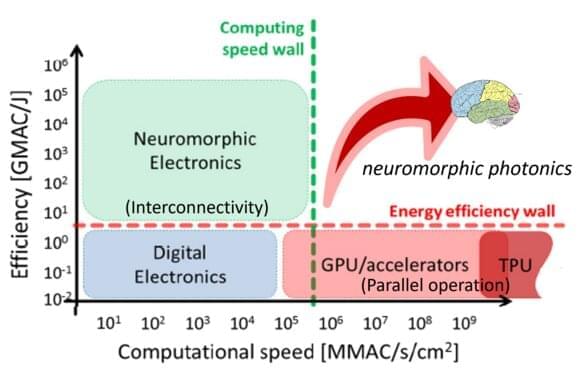Over the years, supercomputers have played a pivotal role in pushing the frontiers of science. Earlier this year, Meta launched one of the fastest AI supercomputers, the AI Research SuperCluster (RSC), to build sophisticated AI models that can learn from trillions of examples; navigate hundreds of different languages; seamlessly analyse text, images, and video together; build AR tools etc.
However, the quest for something even faster than supercomputers led to the development of quantum computers. Last year, the University of Science and Technology of China (USTC) introduced the world’s fastest programmable superconducting quantum computer; Zuchongzhi 2.1 is a million times faster than a conventional computer.
At last year’s I/O conference, Google unveiled a Quantum AI campus in Santa Barbara, California, complete with a quantum data centre, quantum hardware research labs, and quantum processor chip fab facilities. The tech giant plans to build a useful, error-corrected quantum computer within a decade.

